1. Coastal Development
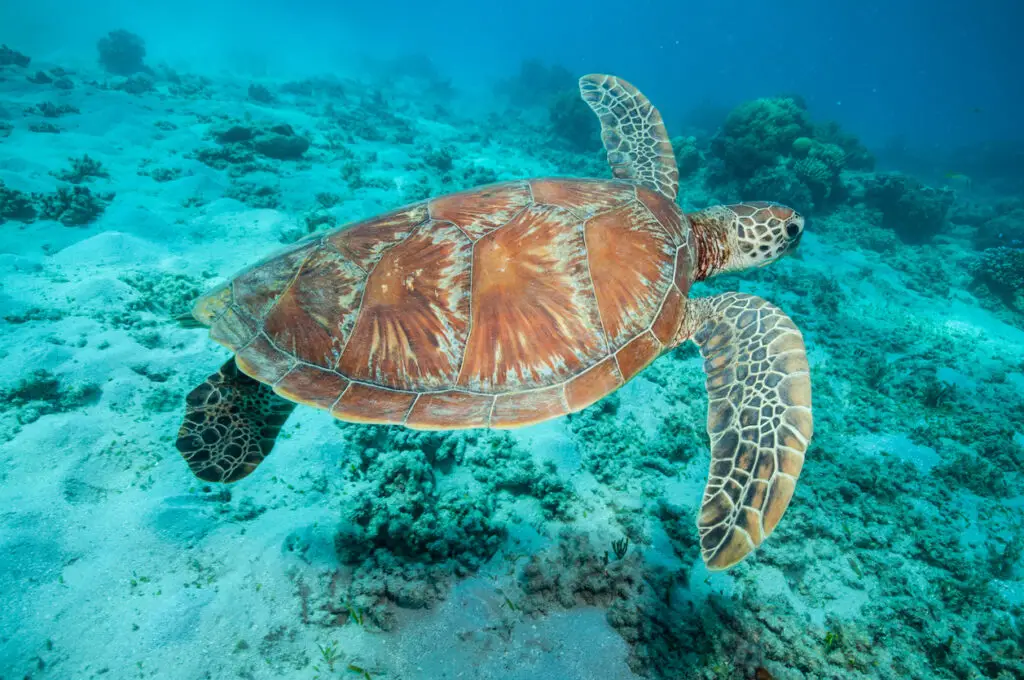
Beach development is posing significant challenges for sea turtles. In Florida, which hosts 90% of U.S. sea turtle nesting, about 40% of beaches are eroding at an alarming rate, according to the University of Central Florida’s Marine Turtle Research Group. This erosion, coupled with increasing coastal construction, is significantly impacting turtle nesting sites, reducing the available space for turtles to lay their eggs.
A study published in Biological Conservation revealed that we’ve lost about 80% of turtle nesting spots in the last century due to coastal construction. The Kemp’s ridley sea turtle, for instance, now has only a 16-mile stretch of beach in Mexico for nesting, as reported by the National Oceanic and Atmospheric Administration (NOAA). Some coastal towns are implementing measures like dimming lights and protecting nesting areas, but the Sea Turtle Conservancy notes that progress is gradual and often hampered by competing economic interests.
2. Sea Level Rise
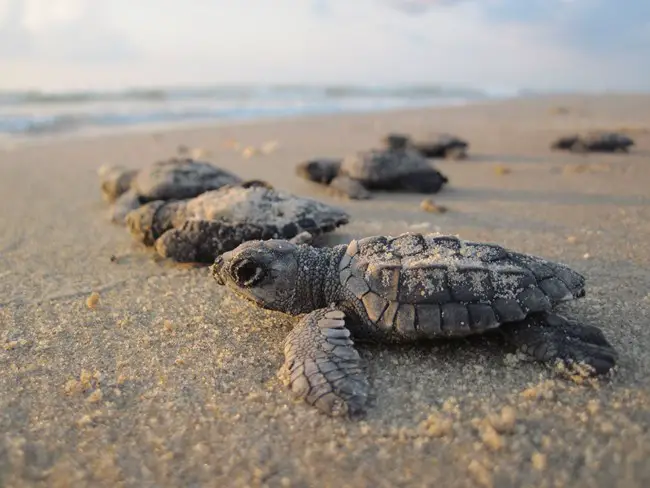
NOAA predicts sea levels could rise 10-12 inches by 2050, posing a serious threat to turtle nesting beaches. A study published in Climatic Change suggests that up to 77% of Caribbean turtle beaches could be at risk of disappearing. This rise in sea level not only reduces nesting areas but also increases the risk of nest flooding and erosion.
The U.S. Geological Survey reports that on Sanibel Island, Florida, beaches are eroding at a rate of 1.5 feet per year. According to Dr. Robbin Trindell from the Florida Fish and Wildlife Conservation Commission, this forces turtles to lay eggs closer to vegetation, which can be dangerous for the nests due to increased predation risk and root invasion.
3. Climate Change
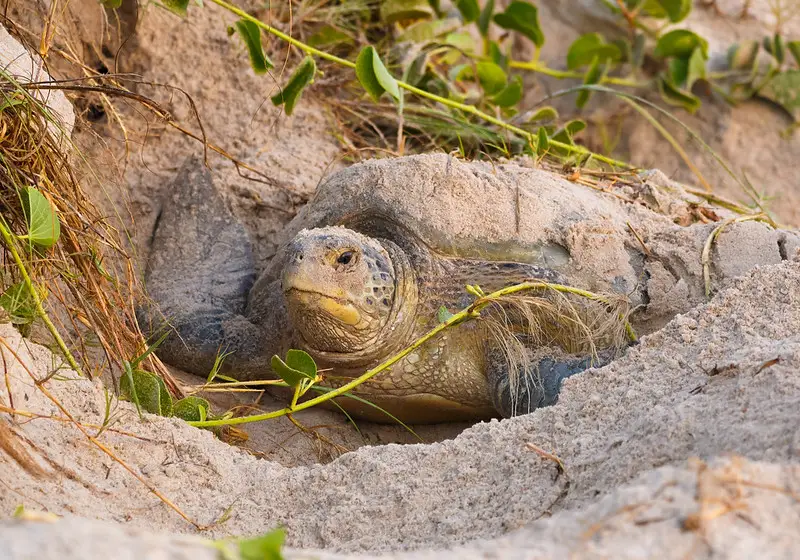
Climate change is causing a significant shift in sea turtle gender ratios. A study published in Current Biology found that in Australia’s Great Barrier Reef, 99% of young green sea turtles are female. Dr. Camryn Allen, a NOAA research scientist, explains that this skewed ratio is due to the temperature-dependent sex determination in sea turtles, where warmer temperatures during egg incubation produce more females.
The Florida Fish and Wildlife Conservation Commission projects that by 2100, Florida’s loggerheads could be 80% female. Dr. Jeanette Wyneken from Florida Atlantic University warns that this imbalance could lead to future breeding problems and population declines.
4. Increased Storm Activity
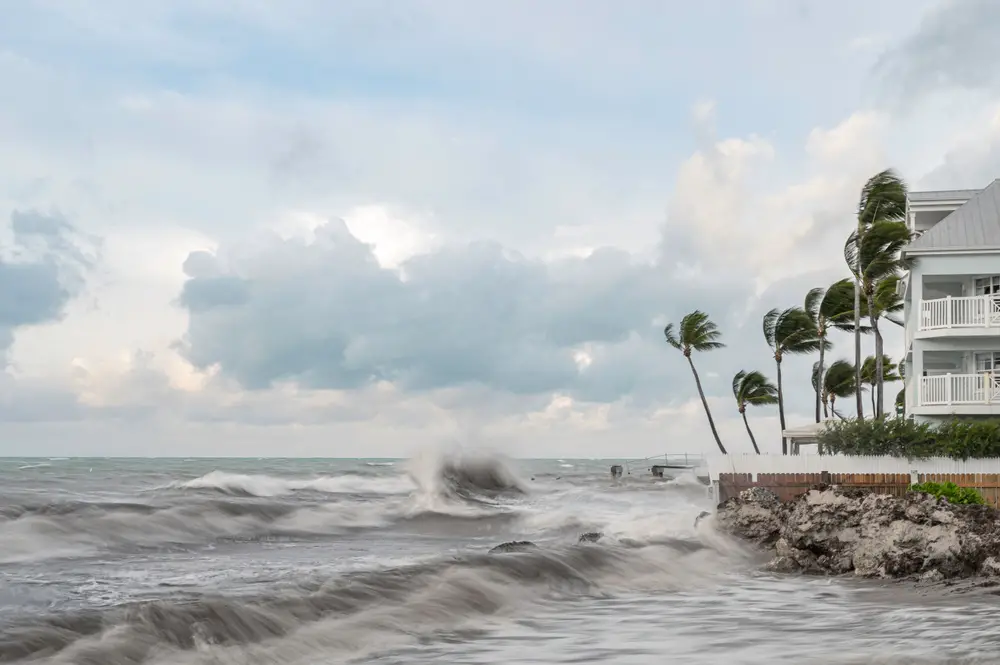
Climate change is intensifying tropical storms, putting sea turtle nests at greater risk. The Intergovernmental Panel on Climate Change predicts more intense storms that could significantly impact turtle nesting sites through increased erosion, flooding, and physical destruction of nests.
A study published in Scientific Reports found that hurricanes have reduced Caribbean hawksbill turtles’ nesting success by 20% in just a decade. The Florida Fish and Wildlife Conservation Commission reported that in 2017, Hurricane Irma destroyed about 90% of sea turtle nests in parts of Florida. Dr. Kate Mansfield, a University of Central Florida marine scientist, emphasizes that these intense weather events can wipe out entire generations of turtles.
5. Light Pollution
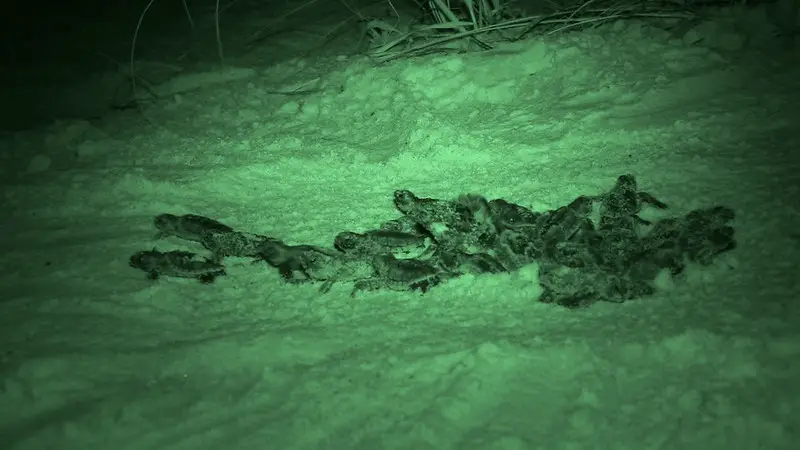
Artificial lighting is a major problem for sea turtle hatchlings. The Sea Turtle Conservancy reports that artificial lighting can disorient hatchlings up to 2,000 feet inland, disrupting their natural instinct to move towards the brightest horizon, which historically was the moonlit ocean.
A study published in the Journal of Experimental Marine Biology and Ecology found that this disorientation affects hundreds of thousands of Florida hatchlings yearly. Dr. Blair Witherington, a sea turtle expert with Disney’s Animals, Science, and Environment, explains that some coastal communities are implementing lighting ordinances to help protect turtles, but enforcement can be challenging.
6. Seawalls
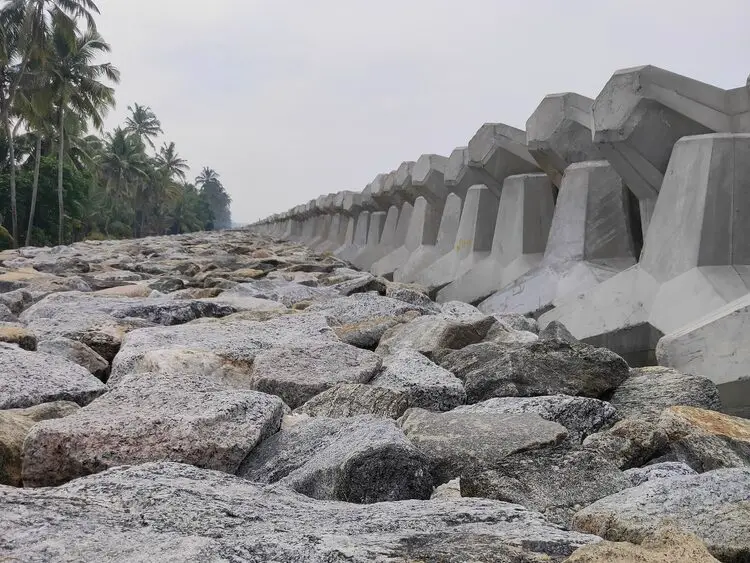
Coastal armoring is creating significant challenges for nesting sea turtles. Nearly half of Florida’s coastline now has seawalls or other barriers, according to research in the Journal of Coastal Research. These structures block turtles from reaching suitable nesting areas, forcing them to seek alternatives or abandon their nesting attempts altogether. The impact is particularly severe during high tides when the water level reaches the base of the seawalls, leaving no dry sand for turtles to nest.
When turtles encounter seawalls, they often engage in “false crawls,” where they emerge from the water but return without nesting. This behavior wastes valuable energy resources for the turtles. Some states are working to make seawalls more turtle-friendly by incorporating sloped surfaces or adding sand in front of the walls. However, finding effective solutions remains difficult, as the need for coastal protection often conflicts with the preservation of natural nesting habitats.
7. Plastic Pollution
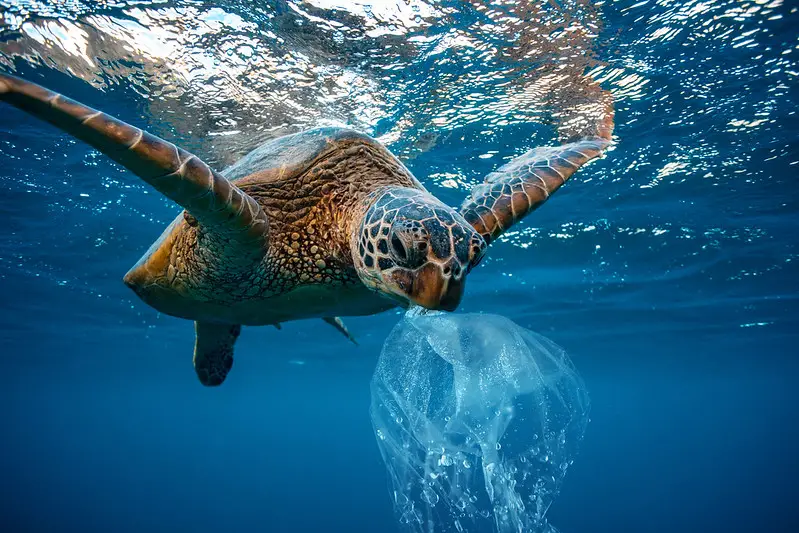
Plastic debris poses a major hazard for sea turtles, with devastating consequences for their health and survival. Over 50% of sea turtles worldwide have ingested plastic, based on a study in Global Change Biology. This ingestion can lead to intestinal blockages, malnutrition, and even death. In extreme cases, turtles have been found with over 1,000 pieces of plastic in their digestive systems, highlighting the pervasiveness of this problem in marine environments.
Abandoned fishing gear, known as “ghost nets,” is particularly dangerous for sea turtles. Research in the Canary Islands found high numbers of turtles entangled in these nets, often resulting in injury, drowning, or starvation. Microplastics are also infiltrating turtle nesting areas, potentially affecting egg development and hatchling health. The UN estimates 8 million tons of plastic enter the oceans annually, exacerbating this threat to sea turtle populations and marine ecosystems as a whole.
8. Rising Beach Temperatures
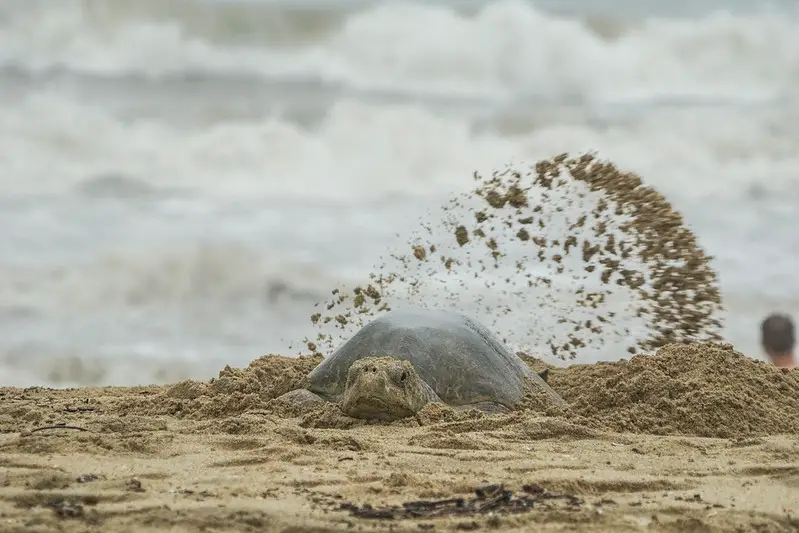
Climate change is increasing sand temperatures on nesting beaches, with significant implications for sea turtle reproduction. For every 1.8°F (1°C) of warming, loggerhead turtle nests are 10% less likely to successfully hatch, according to research in Global Change Biology. This temperature sensitivity is because the sex of sea turtle hatchlings is determined by the incubation temperature, with higher temperatures producing more females.
The Intergovernmental Panel on Climate Change projects that by 2100, 75% of major nesting beaches could exceed optimal incubation temperatures. This could lead to skewed sex ratios and reduced hatching success. Some turtles are adapting by nesting earlier in the season or seeking shadier areas. Scientists are testing interventions like artificial shading and sprinkling water on nests to mitigate the effects of rising temperatures, but these solutions may be difficult to implement on a large scale.
9. Ocean Acidification
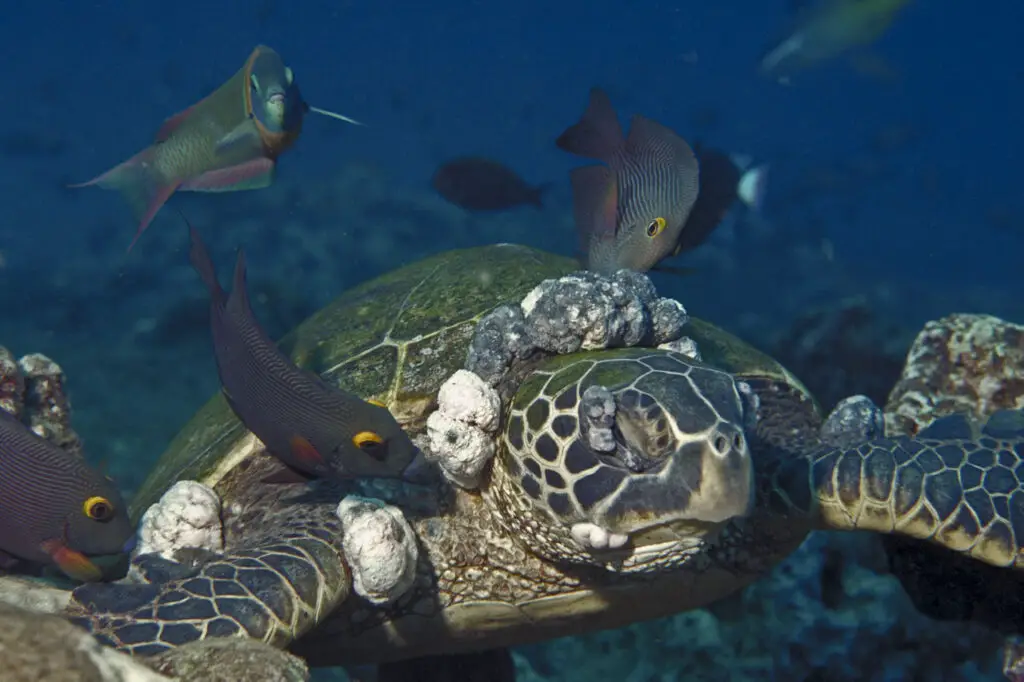
Ocean acidity has increased 30% since the Industrial Revolution, according to NOAA, due to the absorption of excess carbon dioxide from the atmosphere. This process, known as ocean acidification, is altering marine ecosystems that sea turtles depend on for food and habitat. The changing chemistry of the oceans affects the growth and survival of many marine organisms, disrupting food webs and habitat structures.
A study in Nature Climate Change predicts coral reefs, which are particularly vulnerable to acidification, could shrink by 40% by 2100. This would significantly impact hawksbill turtles, which rely on coral reefs for food and shelter. Research in Marine Ecology Progress Series found declining nutritional value in seagrass, a key food source for green sea turtles, as a result of changing ocean conditions. Even jellyfish populations, an important food source for leatherback turtles, may be affected by acidification, potentially altering their distribution and abundance.
10. Coastal Squeeze
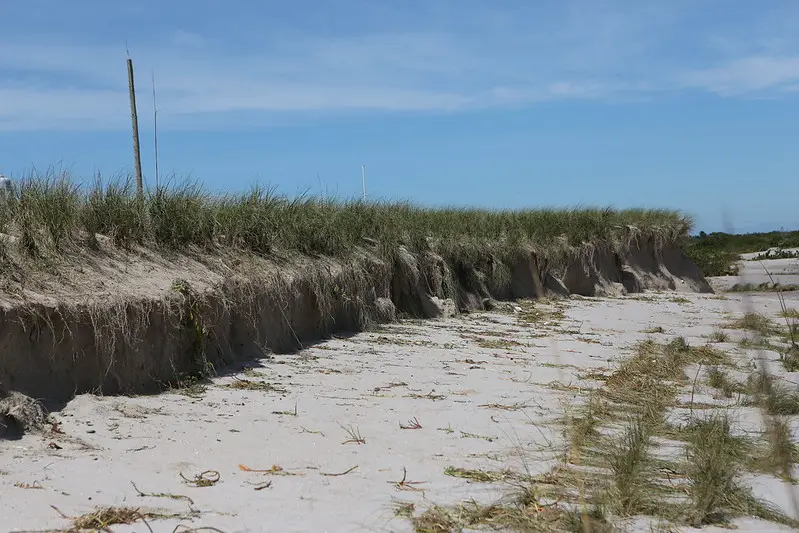
Sea level rise and coastal development are creating a “coastal squeeze” effect, reducing available nesting habitat for sea turtles. Only 15% of global coastlines remain free from human impact, based on research in Global Environmental Change. This squeeze effect occurs when rising sea levels push beach habitats landward, while human development prevents the natural migration of these habitats inland.
In Greece, up to 40% of loggerhead nesting beaches may disappear by 2100, according to the Journal of Coastal Conservation. The situation in Florida is even more dire, with projections suggesting nearly half of its nesting beaches could be lost, as reported in Climatic Change. This loss of nesting habitat could have severe consequences for sea turtle populations, potentially leading to decreased nesting success and increased competition for suitable nesting sites.
11. Changing Migration Patterns
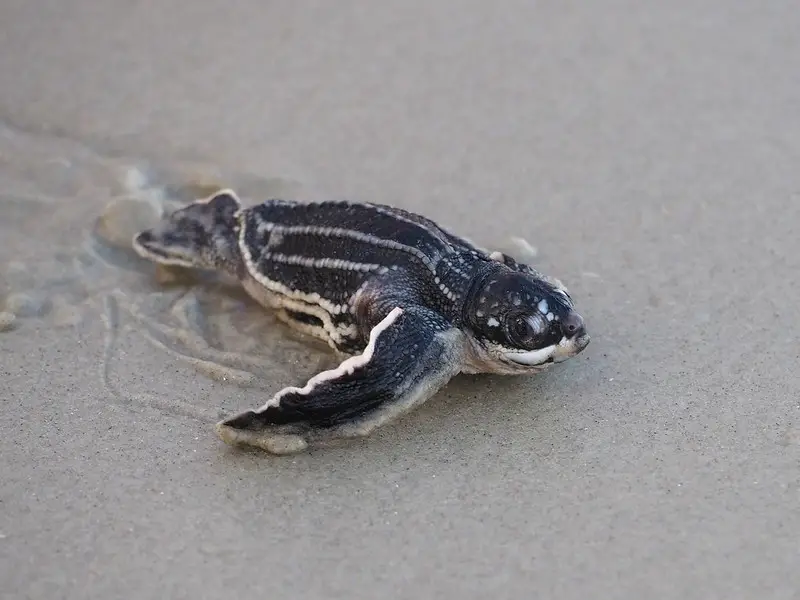
Climate change is altering sea turtle migration routes, disrupting long-established patterns crucial for their survival. A study in Global Change Biology found North Pacific loggerheads swimming 330 miles off their usual course, likely due to changes in ocean currents and water temperatures. This shift can lead turtles to areas with less abundant food sources or increased predation risks, potentially impacting their overall fitness and reproductive success.
Leatherbacks in the Eastern Pacific are nesting about 10 days earlier per decade, as reported in Proceedings of the Royal Society B. This change in timing could lead to mismatches between nesting periods and optimal environmental conditions for egg incubation and hatchling survival. Research in Nature Climate Change projects that by 2100, a third of Mediterranean loggerhead foraging areas may become unsuitable due to changes in water temperature and prey availability, forcing turtles to adapt or face significant population declines.
12. Nest Flooding
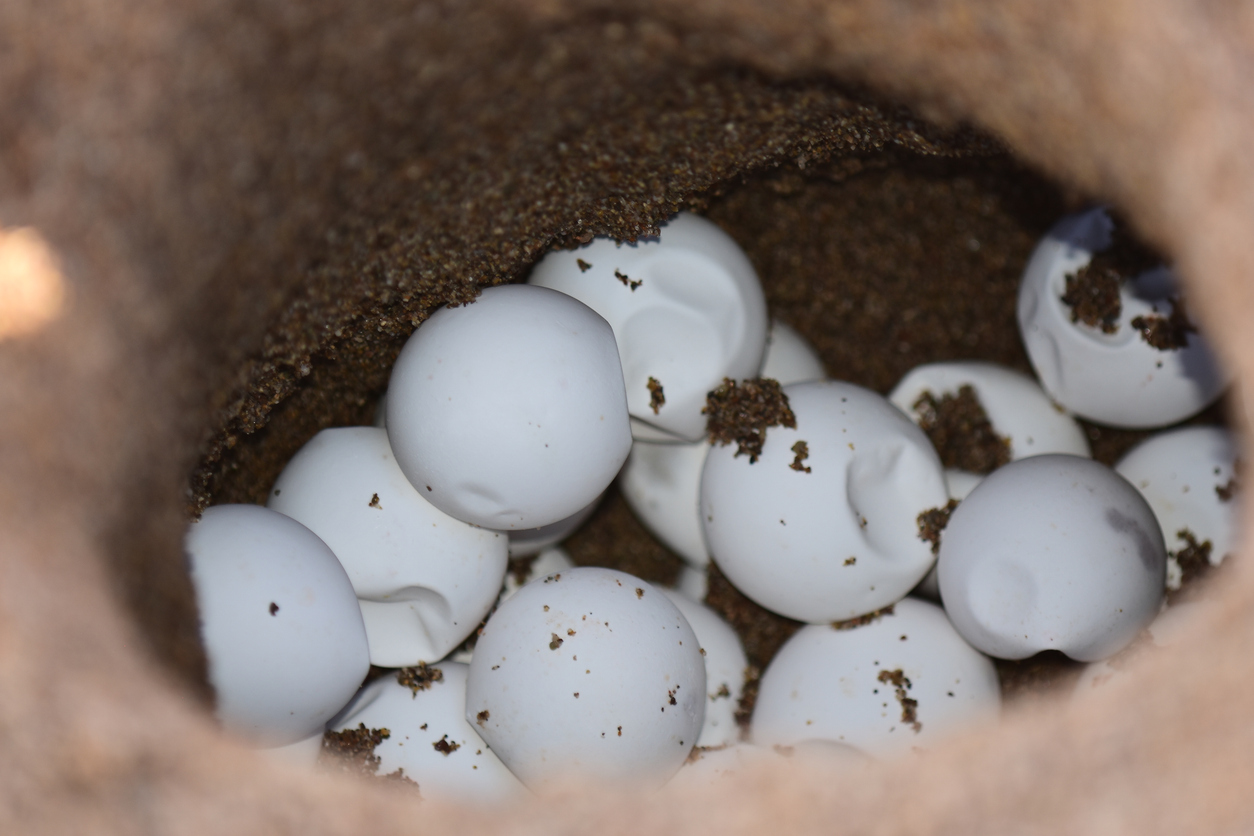
Sea level rise threatens to inundate nesting beaches, posing a severe risk to sea turtle reproduction. The IPCC predicts oceans could rise by nearly 3 feet by 2100, which would submerge many current nesting sites. A study in Climatic Change found that up to 100% of green turtle nesting beaches in parts of the Caribbean may flood by century’s end, potentially eliminating crucial nesting habitats for these populations.
Flooded nests can drown embryos and skew sex ratios, as cooler temperatures from water inundation tend to produce more males. Some turtles are nesting farther inland in response to this threat, but their slow speed limits their ability to adapt quickly to changing conditions. This adaptation also brings new risks, as nests laid further from the water are more vulnerable to predation and may make it more difficult for hatchlings to reach the sea.
13. Fisheries Bycatch
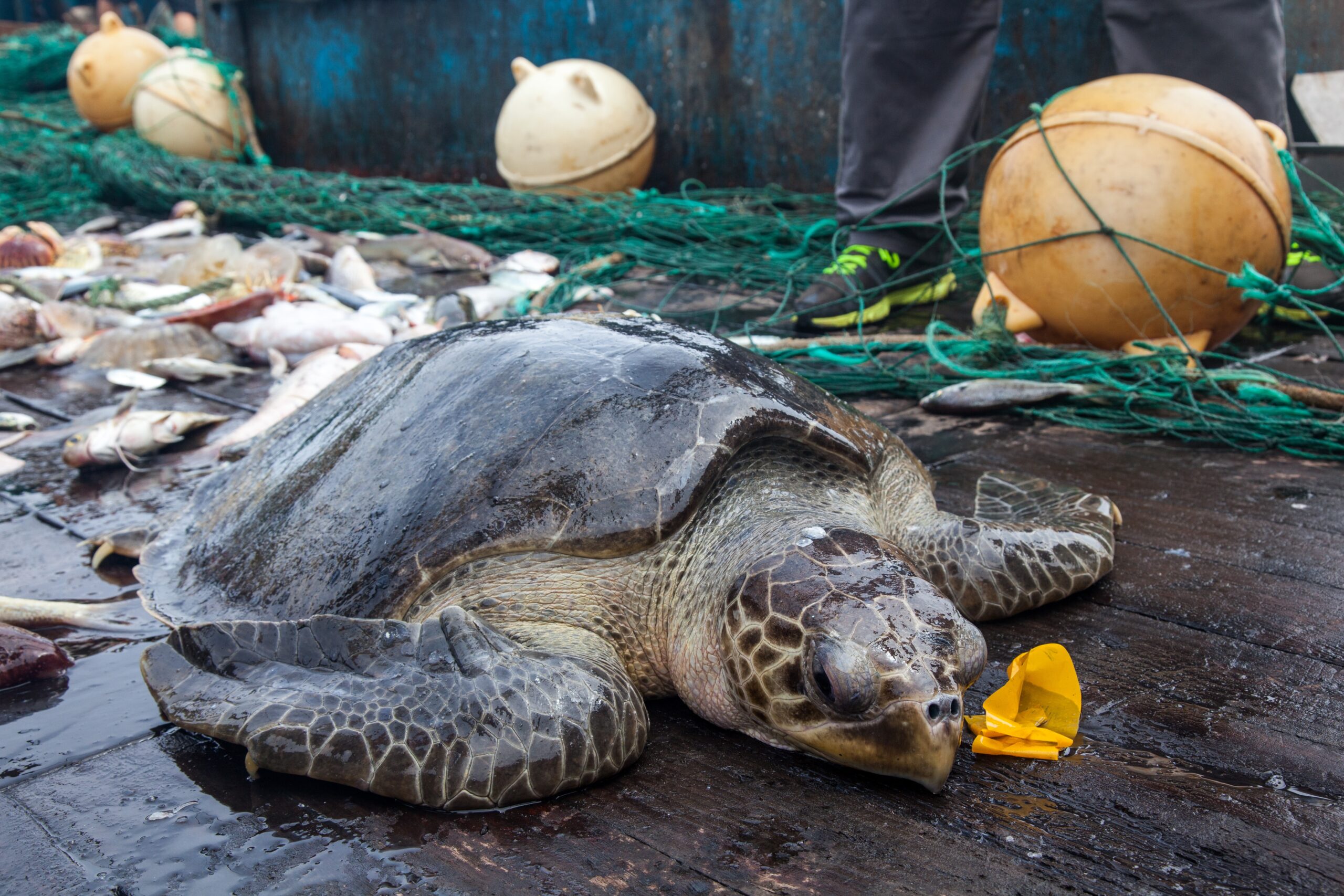
Fishing gear poses a major threat to sea turtles, with many individuals caught as unintended bycatch. Over 160,000 turtles are caught annually as bycatch in longline fisheries alone, according to research in Science Advances. This high number of incidental captures can have significant impacts on turtle populations, especially for endangered species. U.S. fisheries may accidentally catch up to 18,500 turtles per year, based on National Marine Fisheries Service data, highlighting the global scale of this issue.
Turtle Excluder Devices (TEDs) can reduce bycatch in shrimp nets by providing an escape hatch for turtles, but global adoption remains challenging. Many countries lack regulations requiring TEDs, and even where they are mandated, enforcement can be difficult. Improving fishing practices and gear technology, along with implementing and enforcing regulations, are crucial steps in reducing the impact of fisheries on sea turtle populations.
14. Illegal Wildlife Trade
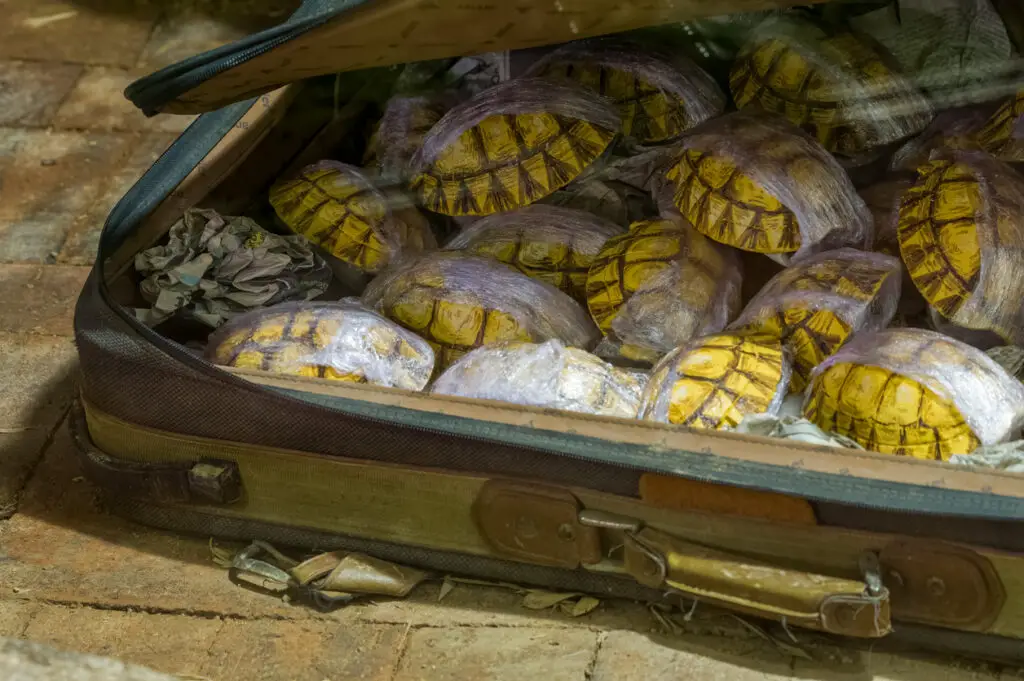
The black market trade in sea turtles is a persistent threat to their survival, driven by demand for their meat, eggs, and shells. A 2023 TRAFFIC report found over 300,000 turtles were poached in just seven years, indicating the massive scale of this illegal trade. This level of exploitation can quickly decimate local populations, especially for species with already low numbers.
Some species, like the ploughshare tortoise in Madagascar, now number fewer than 100 individuals in the wild due to poaching for the pet trade. Despite international laws protecting sea turtles, enforcement challenges and high market prices continue to fuel this illegal trade. Efforts to combat poaching include increased law enforcement, community-based conservation programs, and public awareness campaigns to reduce demand for turtle products.
15. Health Impacts
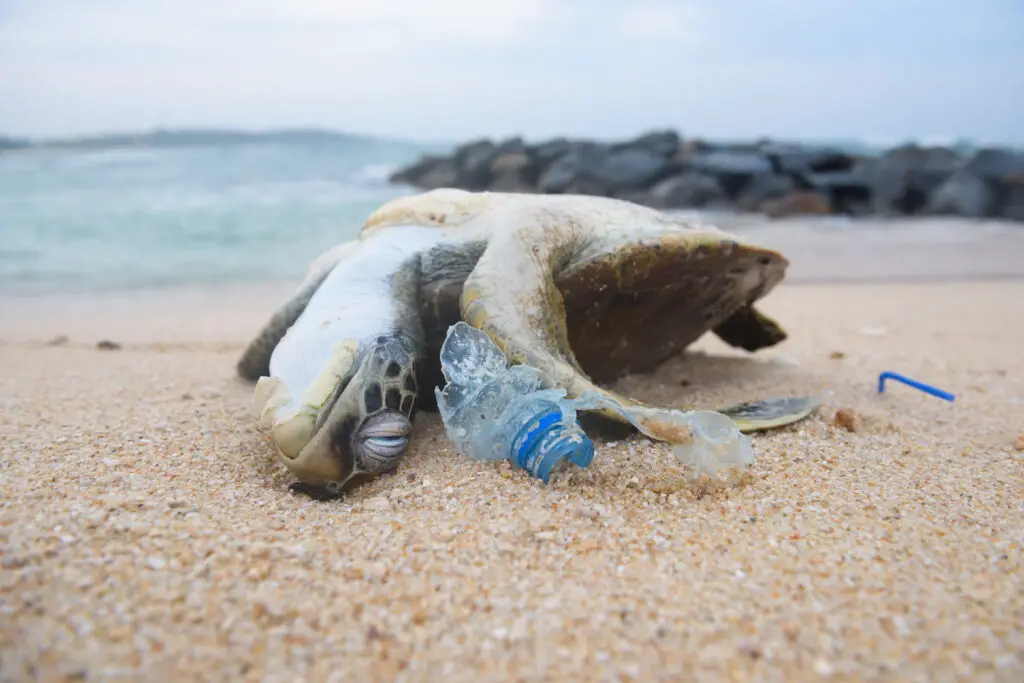
Climate change and pollution are compromising sea turtle health through various mechanisms. Warmer waters foster the growth and spread of pathogens, while pollutants weaken turtle immune systems, making them more susceptible to diseases. Up to 50% of green sea turtles in some areas have fibropapillomatosis tumors, according to research in PeerJ. These growths can impair vision, feeding, and swimming ability, significantly reducing a turtle’s chances of survival.
Other health impacts include exposure to toxic algal blooms, which are becoming more frequent due to climate change and nutrient pollution. These blooms can cause neurological problems in turtles and contaminate their food sources. Additionally, ingestion of marine debris can lead to internal injuries and blockages. Addressing these health challenges requires a multifaceted approach, including reducing pollution, mitigating climate change, and developing better treatment methods for affected turtles.


